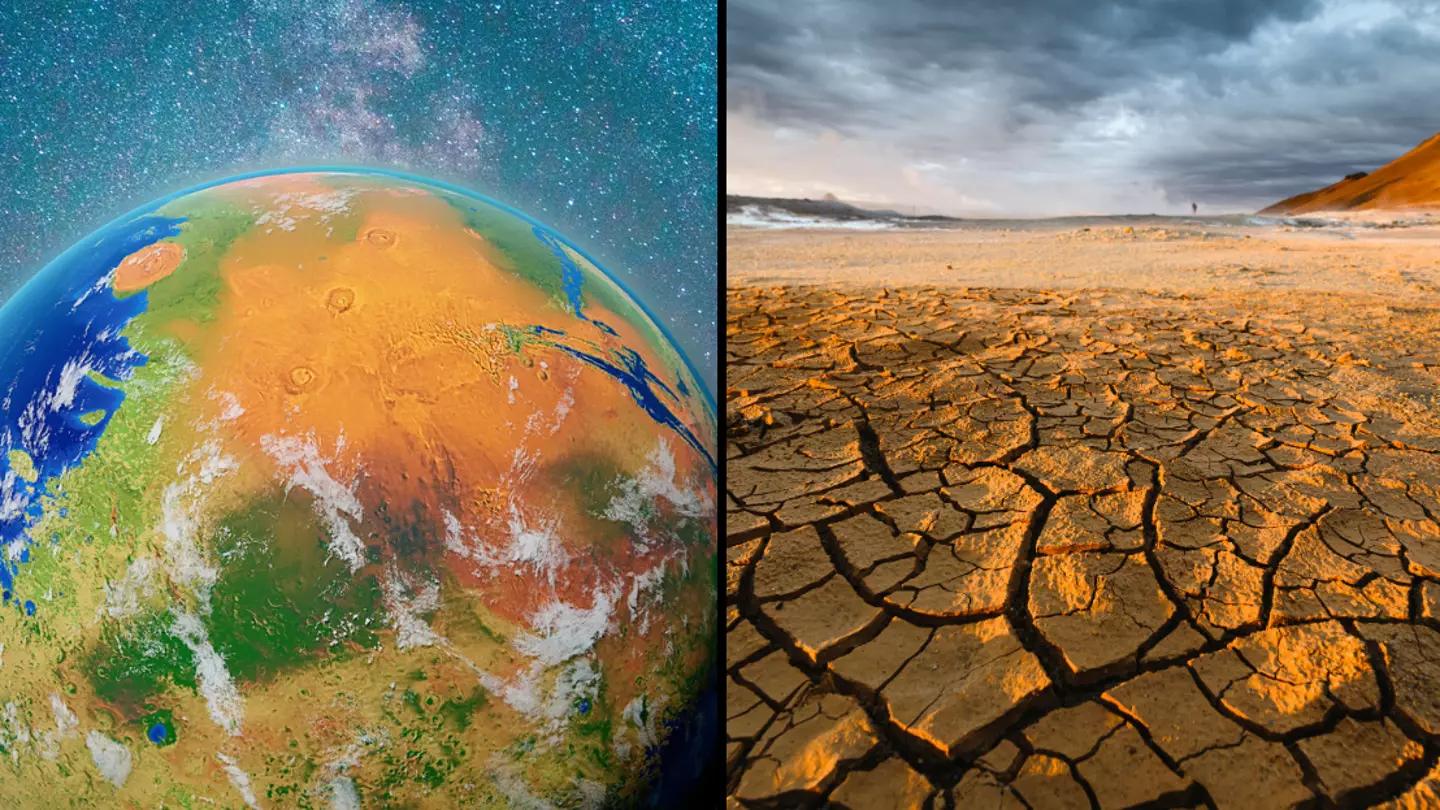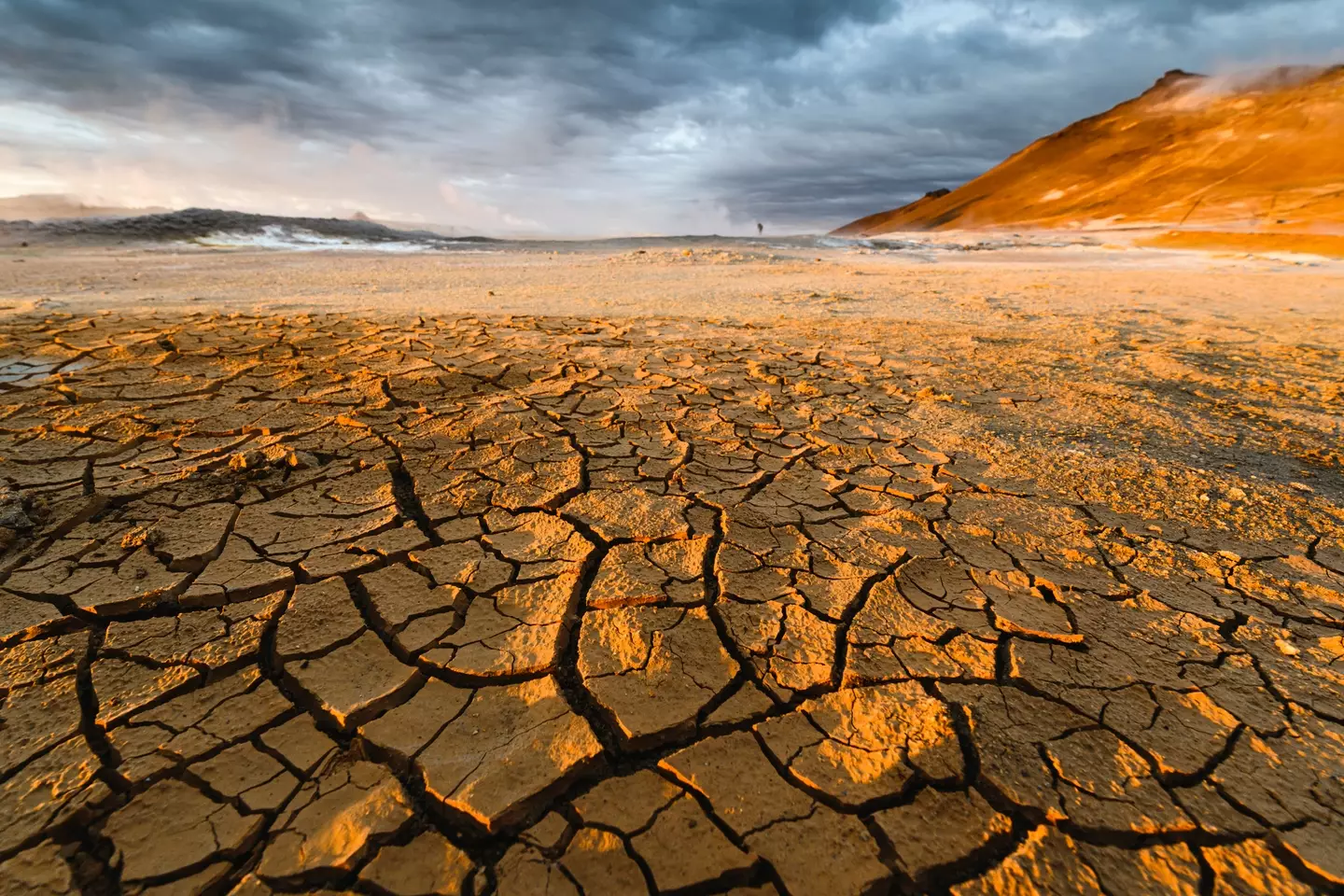A ‘triple whammy' event would end life for all mammals on Earth

Scientific research suggests that the future of human life on Earth, as well as that of all other mammals, appears grim.
Experts are forecasting a ‘triple whammy' extinction event after conducting a super-computer experiment on the planet's future climate.
In late 2023, a study conducted by the University of Bristol and published in Nature Geoscience reveals a grim future for humanity due to the extreme conditions that lie ahead. The world is on the brink of a major transformation, with the possibility of a supercontinent forming in the distant future.
Named after the ancient supercontinent Pangea, researchers have given it the name Pangea Ultima. This new discovery sheds light on the harshness of wind chill on the planet.

A new supercontinent dubbed Pangea Ultima will be formed on Earth (Getty Stock Images)
- When the temperature drops below minus 10 degrees Celsius, the wind can cause ischaemic necrosis, which is a scary process where your skin and bones are damaged.
At the same time, the daily average temperature on Earth ranges from 40 to 50 degrees Celsius, with the sun shining intensely.
Furthermore, this situation is exacerbated by numerous additional volcanic eruptions happening worldwide, releasing massive amounts of carbon dioxide (CO2) into the Earth's atmosphere.
According to the study, Earth could become uninhabitable for mammals due to a tipping point caused by variations in atmospheric CO2 and the continentality effect on supercontinents.

The planet will become super hot with ice cold winds (Getty Stock Images)
The study suggests that these events will likely result in a climate tipping point and the mass extinction of humanity and other mammals. However, the only silver lining is that this is expected to occur in the far future, specifically around 250 million years from now.
However, the study's message is evident. Dr. Eunice Lo, a Research Fellow in Climate Change and Health at the University of Bristol and co-author, emphasizes the crucial significance of acknowledging our ongoing climate crisis. This crisis is a direct consequence of human activities emitting greenhouse gases.

Desolate landscapes would be found everywhere (Getty Stock Images)
Despite the forecast of an unlivable planet in 250 million years, the current reality is that we are already facing severe heat that poses a threat to human well-being. It is therefore of utmost importance to achieve net-zero emissions as soon as we can. It should be noted that these predictions rely on the assumption that humanity will immediately cease its reliance on fossil fuels, which is not the current situation.
If we don't achieve a greener future soon, the predicted conditions in 250 million years could happen earlier than expected.
Featured Image Credit: Getty Stock Images













